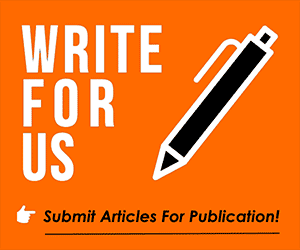billythekid
UTC Legend
Just shows depending on your bias you can read something and come to a different conclusion.
“ According to a number of laboratory testsand multiple studies, the main value from wearing face masks is that they block up to 80% of these droplets from escaping into the air. They may also prevent about 50% of droplets from being inhaled too.”
You’d think 50% of the original 20+% of airborne droplets which may be prevented from being inhaled would be considerably less than 50% of the original 100% of airborne droplets.
What is clear is that mask wearing by all, inside, cuts down transmission in big numbers. A haphazard approach is clearly going to be less successful.
It also depends on quality/type of mask you wear, be it a throwaway surgical, washable/homemade or medical masks/FFP1/2/3.


